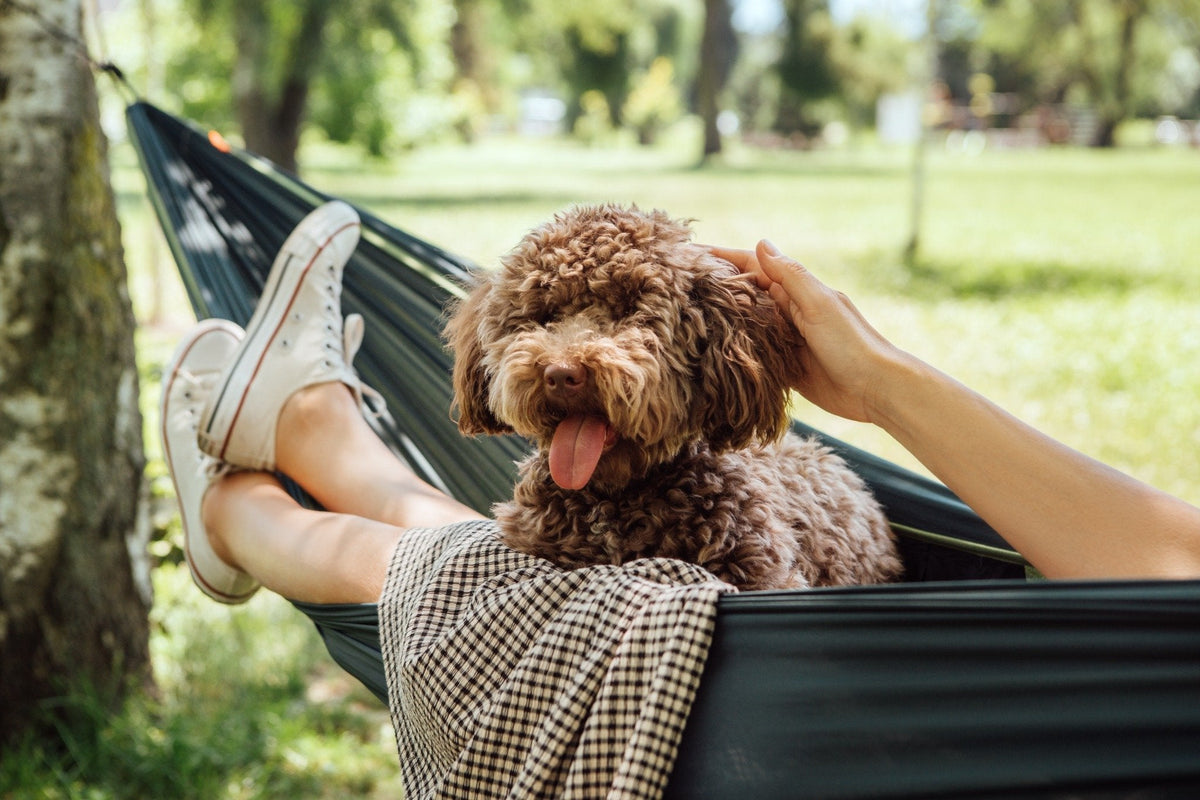
Dog First Aid: Toxicity In Dogs
|
|
Find a Dog First Aid Training Course near you at dog-first-aid.com/finder. Book today with 10% off by using code YEARS10 before 30th April 2025. You will also be entered into a prize draw to win a dog first aid kit worth £25. Full details are at the bottom of this guide.
One of the most common things that can go wrong with your dog is that they have eaten, inhaled or absorbed something toxic. Toxic ingestion (eating) is the most common - no surprises there!
A study conducted by Direct Line Pet Insurance in 2021 found that 28% of dog owners believe that their pet fell ill after consuming something poisonous. The same study found that 7% (approximately 342,000 dogs) lost their lives as a result.
Let's look at how to prevent toxicity complications in dogs, the warning signs and some of the most common toxins.
Table of contents
As owners it is vitally important that we are able to recognise the signs and take prompt action. In this edition, our friends at Dog First Aid Training Ltd will be sharing information on toxins that can affect kidney function.
As a first aider, the 3 most important things to remember are:
By keeping toxic substances completely out of reach from your pooch you will significantly reduce the risk of them being poorly.
As well as known toxic substances like rat poison, bleach and weed killers there are many things that are safe in moderation for humans that will not be safe for your dog.
Examples of human foods not safe for your dog include chocolate, grapes, some medications, plants, essential oils and xylitol.
If you find evidence that your dog has eaten something poisonous, do not wait until you see symptoms. Some symptoms can take up to 48 hours to develop but not taking immediate action could risk your dog's life.
Depending on the toxins and the body system it affects, you could see a range of symptoms including:
Treatment at home is never advised for toxicity - your dog needs to be seen by a veterinary professional. Treatment will vary depending on the toxin and the severity of the case.
Fortunately, in the majority of cases, dogs go on to make an excellent recovery when prompt treatment is sought.
Here are some toxins that can affect kidney function in dogs. If you suspect your dog has ingested any of these, contact your vet immediately.
Products such as Ibuprofen, Diclofenac, Naproxen and Celecoxib are extremely harmful. A single 200mg tablet can be fatal for smaller dogs.
Available in tablet form but also a common ingredient in topical psoriasis creams and rodent poisons.
A high amount of vitamin d is toxic to dogs. Renal failure can occur in 24-28 hours.
Whether licking from a spillage or even from their paws, antifreeze affects the central nervous system, causes gastrointestinal issues, and affects the liver, brain and kidneys.
There are some fruits and vegetables suitable for dogs however ensure your dog doesn't eat any of the above.
It has been reported that in small dogs a single fruit can be a fatal dose.
Products such as Ibuprofen, Diclofenac, Naproxen and Celecoxib are extremely harmful. A single 200mg tablet can be fatal for smaller dogs.
The most effective way of avoiding issues with these substances is to keep them safely out of reach of your dog at all times.
To get 10% off a Dog First Aid Training course go to dog-first-aid.com/finder and book using the code YEARS10. You will be entered into a prize draw to win a dog first aid kit worth £25.
Contents include:
Code valid on all courses booked before 30th April 2025 for courses in 2025. No courses in your area? Contact us at info@dog-first-aid.com for our online dates.
